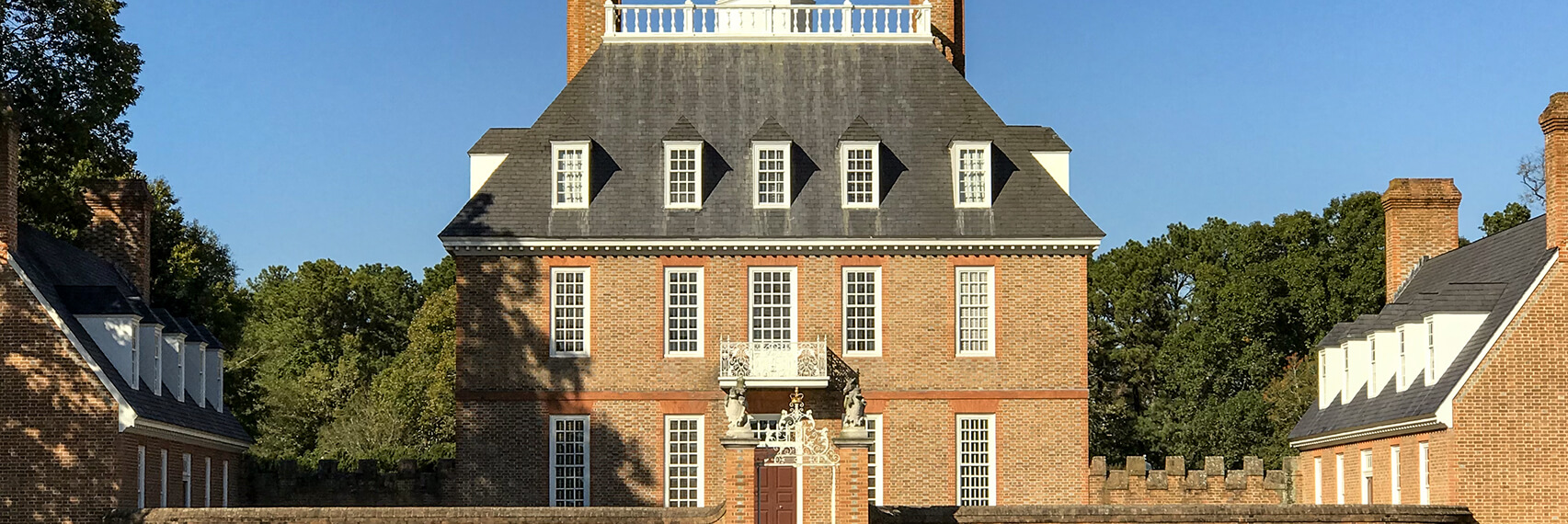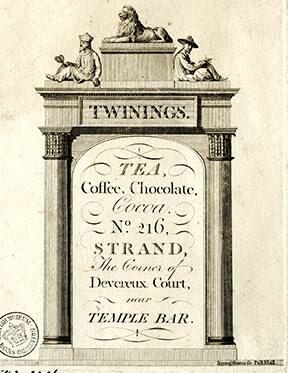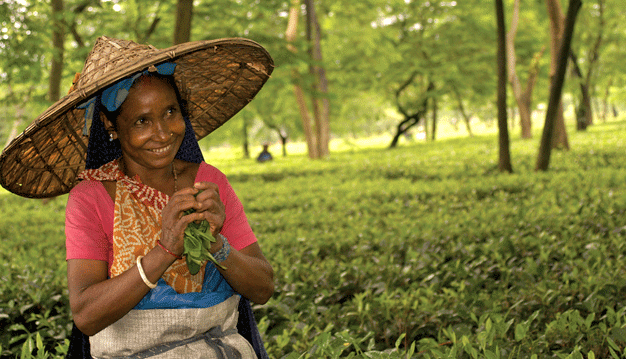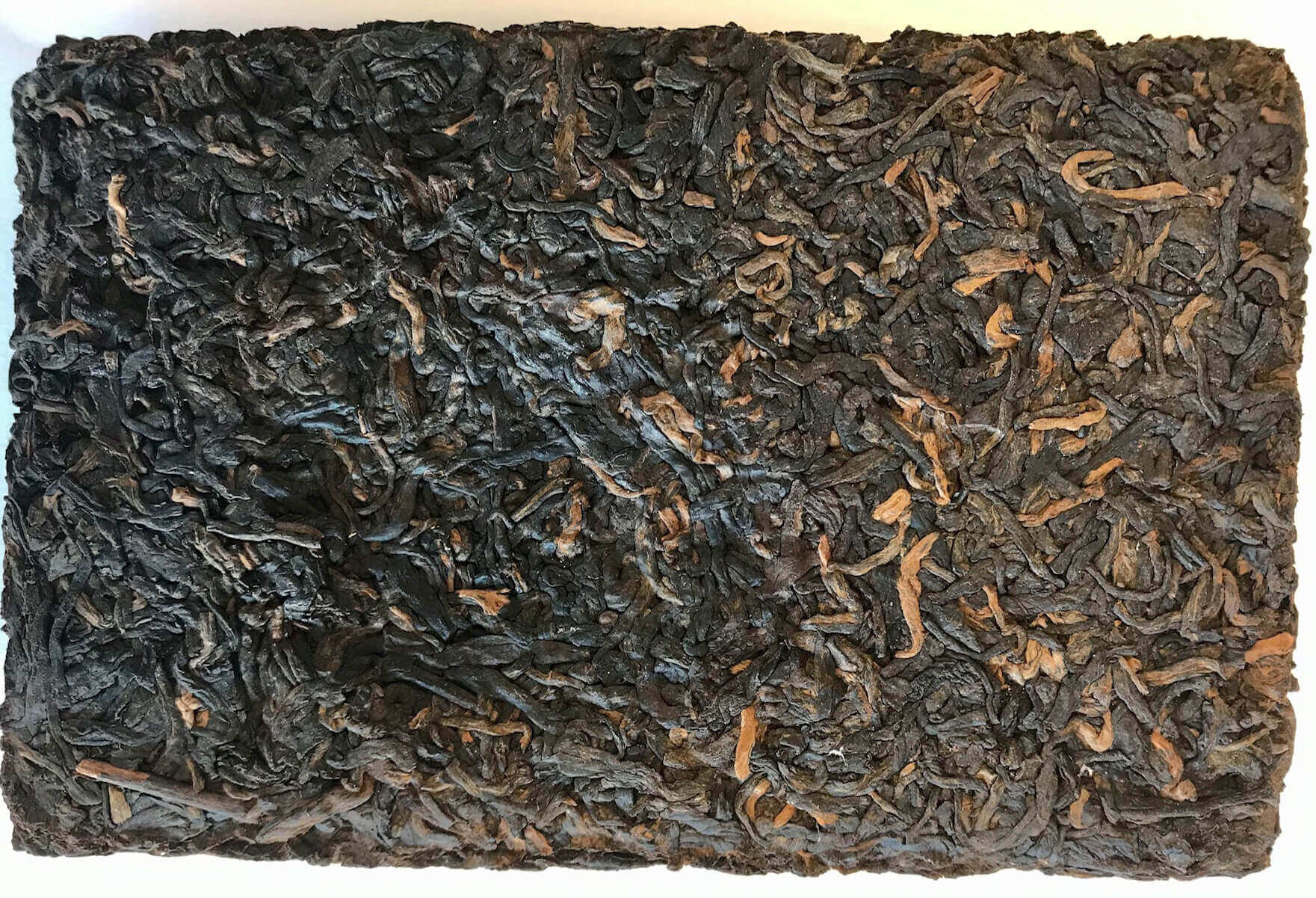The Dutch East India Company Imported the First Tea into Europe
Boston Tea Party Ships & Museum’s Tea Master Bruce Richardson recently visited Amsterdam where he looked into the venerable Dutch East India Company (VOC) and its place in tea history.

The National Maritime Museum in Amsterdam
The Amsterdam Maritime Museum building dates from 1656, it was designed by Daniël Stalpaert and at the time it was an architecture wonder. To construct it on the artificial island created in the Amsterdam harbor, 1800 wooden piles had to be sunk deep into the muddy ground. It is here, that the war ships of the Dutch Republic were equipped for sailing.
The Vereenigde Oostindische Compagnie (VOC) was crucial to the enormous economic growth of The Netherlands in the 17th and 18th century. The VOC received their charter in 1602, two years later than English East India Company. The two companies would be competitors for over 200 years.

Dutch East India Company Ship The Amsterdam
(Above) a replica of the three masted “Amsterdam”, a large vessel of the Dutch East India Company, which in its maiden journey to Batavia sank in a storm in the English Channel in winter of 1749, stands high above the waters of Ij Bay, directly at the Amsterdam maritime museum quay.
The wreck of the ship has been discovered off the English coast in 1969, and the museum replica has been completed in 1990. Visiting the ship, you may see how small and primitive spaces were to house 350 people during the ship’s journey, with more comfortable but equally minute quarters for the ship’s captain and officers.

Tea Chests bearing the VOC label fill the cargo hold of The Amsterdam.
The first tea imported into Europe was actually from Japan via the Dutch EIC in 1610. Tea was initially considered as a luxury good or medicine, as opposed to the beverage we know today. Tea imports were small in comparison to the big spice imports of the VOC of pepper, nutmeg, cinnamon, and cloves. When the English EIC wanted to present a gift of tea to the new queen Catherine in 1660, they had to buy the rare commodity from their rival VOC.

The Dutch EIC Castle of Batavia (modern day Jakarta). Oil on canvas, 1661, Andries Beeckman.
Both free and unfree people populate this market in Batavia, withing the fortress of the Dutch East India Company in the background. At the end of the 17th century, more than half of the city’s inhabitants lived in slavery. Batavia became the central slave market for the region, where Europeans and Asians traded in human beings.

This handsome chest of aromatic oils was a gift to Chinese merchants.
The Dutch EIC maintained good relations with Asian rulers. To promote their commercial interests, they greased palms with presents: globes, paintings, animals, and chests with bottles, like this one. The expensive aromatic oils in the bottles were the actual gift. The bottles were ordered in Japan and the chest was custom made by joiners in Batavia. The Netherlands was the only country granted trade rights with the closed country of Japan.

St Helena, Africa. Circa 1610-1625. Oil by Cornelius Verbeeck.
The voyage from Europe to Asia took nine months outbound and seven months homebound. Storms, pirates, disease, and accidents were ever-present dangers. Fresh food and water soon ran out or perished in tropical temperatures. From 1652, all Dutch ships resupplied at the Cape of Good Hope, halfway through their journey. On the trip home, ships called at the African island of Saint Helena for fresh water.

Tea wares salvaged from EIC shipwreck. Rijks Museum, Amsterdam
In 1613, the Dutch East India Company ship the Witte Leeuw sank off the coast of Saint Helena Island in the Atlantic Ocean. The wreck was discovered in 1976, and in the following years much of its cargo was salvaged and studied. This find well illustrates the kind of porcelain that the EIC company was shipping to the Netherlands in 1613.

Hand painted Chinese tiles modelled after Dutch originals.
Houses in Batavia were built in the Dutch style, for which tiles were sometimes shipped from the Netherlands to Batavia. However, they could also be ordered more locally, in China. These Chinese tiles in the Rijks Museum closely follow Dutch examples.

Tea wares on display at the Rijks Museum, Amsterdam
Even though the Dutch EIC were the first to bring tea to Europe, its domestic market remained limited throughout the 17th century as the company concentrated more on coffee sales from their island of Java. Partially for this reason, the VOC was particularly slow to adapt to the shifting European demand for tea. This hesitation allowed their competitor the English East India Company to gain a significant foothold in the tea trade from China.

A Tea Party (oil on canvas) by Verkolje, Nicolaes (1673-1746); Victoria & Albert Museum.
In order to save money, the VOC packed tea in bamboo rather than lead-lined chests for shipment from Batavia. The bamboo resin would contaminate the tea and the tea lost both freshness and fragrance. A series of devastating wars with Britain dealt a heavy blow to the Dutch maritime trade.
The powerful British Navy captured 200 Dutch vessels in January 1781. Finally, with the French invasion of 1795 the VOC was forced to be taken over by the Batavian Republic and henceforth forced to sail under foreign flags.
As the political climate of Europe turned against the Durch Republic, there was little interest in retaining an unprofitable enterprise, even one as great as the VOC.



